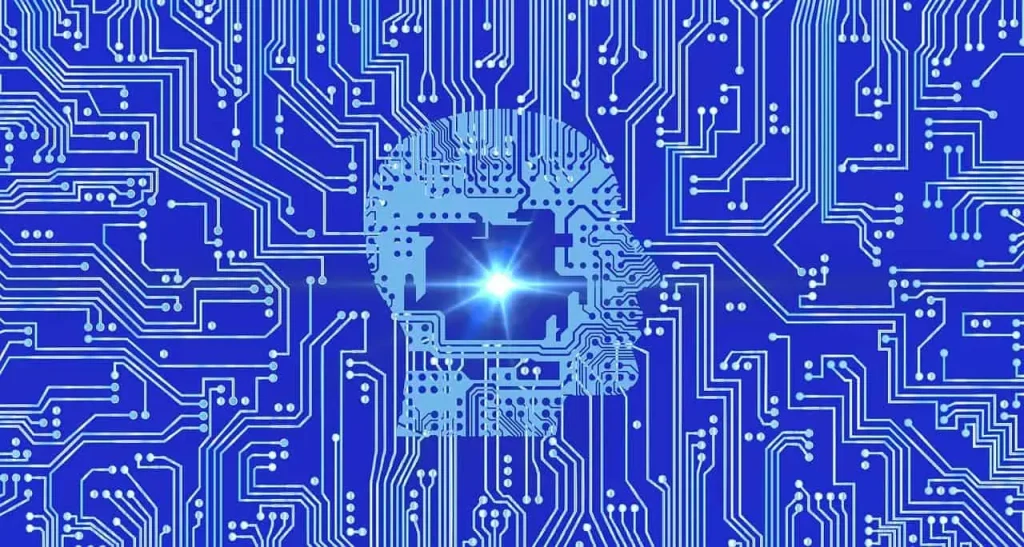Introduction
In this era of rapid technological advancements, Artificial Intelligence (AI) has emerged as a transformative force that is reshaping various industries. Among these, software development stands at the forefront of AI integration, that is witnessing numerous changes in how applications are conceived, built, and deployed. From automating repetitive tasks to optimizing performance and enhancing user experience, AI revolution in software development is the core of evolution in software landscape. This comprehensive exploration delves into the impact of the AI revolution in software development, examining key trends, challenges, and opportunities.
Automating Repetitive Tasks with the help of AI
AI-powered automation is streamlining software development processes, enabling developers to focus on innovation and creativity rather than mundane tasks. Here are some good examples:
- Code Generation:
- AI-driven code generation tools such as DeepCode and GitHub Copilot are leverage machine learning models trained on vast code repositories to offer intelligent code suggestions and auto-completion features.
- These tools analyze context, syntax, and code patterns to assist developers in writing efficient and bug-free code, significantly expediting the development process.
- Automated Testing:
- AI-based testing frameworks like Testim and Applitools are utilize machine learning algorithms to automate the generation and execution of test cases, identify bugs, and ensure software quality, performance and more.
- By continuously learning from test results and user feedback, these frameworks improve test coverage, accuracy, and efficiency that leads to even more reliable software releases.
- Bug Detection and Resolution:
- AI-powered bug detection tools such as DeepCode and CodeAI as already mentioned above, employ static code analysis and pattern recognition techniques to identify potential bugs, security vulnerabilities, and code smells.
- These tools provide actionable insights and recommendations to developers, enabling them to resolve issues proactively and ensure code quality and stability.
Enhancing Software Performance with Artificial Intelligence
AI technology plays an important role in optimizing software performance, scalability and delivering seamless user experiences across diverse platforms. Here are some illustrative examples:
- Predictive Analytics:
- AI-driven predictive analytics platforms like Google Analytics and Mixpanel analyze user behaviour, engagement metrics, and market trends to forecast future outcomes and optimize software features.
- By leveraging advanced machine learning algorithms, these platforms enable businesses to make data-driven decisions, personalize user experiences, and maximize customer retention and conversion rates.
- Dynamic Resource Allocation:
- AI-based resource management solutions such as Kubernetes and AWS Auto Scaling dynamically allocate computing resources based on workload demand, performance metrics, and cost optimization objectives.
- These solutions optimize resource utilization, scalability, and cost-efficiency for cloud-native applications, ensuring high availability and performance under varying workloads and usage patterns.
- Personalization:
- AI-powered recommendation engines, exemplified by Amazon Personalize and Netflix’s recommendation system, analyze user preferences, historical data, and contextual information to deliver personalized content and product recommendations.
- By tailoring recommendations to individual preferences and behaviour patterns, these engines enhance user engagement, satisfaction, and loyalty, driving business growth and revenue.
Improving User Experiences with AI
AI-driven advancements in natural language processing (NLP), computer vision, and gesture recognition are revolutionizing user experiences across diverse applications. Here are some important examples:
- Natural Language Processing (NLP):
- AI-powered chatbots and virtual assistants such as Google Assistant and Microsoft Cortana leverage NLP algorithms to understand and respond to user queries, provide assistance, and automate tasks through conversational interfaces.
- These chatbots enhance customer support, streamline business processes, and improve user engagement and satisfaction by delivering personalized and contextually relevant responses.
- Computer Vision:
- AI-based computer vision applications such as facial recognition systems and image recognition algorithms, enable applications to interpret and analyze visual content, extract meaningful insights, and enhance user experiences.
- Examples include Google Photos and its automatic image categorization and visual search feature in Pinterest that leverage computer vision to organize and discover visual content efficiently.
- Gesture Recognition:
- AI-driven gesture recognition technologies like Microsoft Kinect and Leap Motion enable users to interact with software applications using hand gestures, body movements, and facial expressions.
- These intuitive interfaces enhance user experiences in gaming, virtual reality (VR), and augmented reality (AR) applications, offering immersive and interactive experiences beyond traditional input methods.
Enabling Intelligent Automation
AI-driven automation is transforming the software development lifecycle, from project management and deployment to monitoring and diagnostics. Here are notable examples:
- Automated Project Management:
- AI-powered project management platforms such as Trello and Asana leverage machine learning algorithms to analyze project data, predict task completion times, and optimize resource allocation and project prioritization.
- These platforms streamline collaboration, automate repetitive tasks and provide actionable insights to project teams, enhancing productivity and project delivery efficiency.
- Continuous Integration and Deployment (CI/CD):
- AI-driven CI/CD pipelines, exemplified by Jenkins and GitLab CI/CD, automate the build, test and deployment processes of software applications, enabling rapid and reliable software releases.
- By continuously monitoring code changes, running automated tests and orchestrating deployment workflows, these pipelines ensure software quality, stability, and agility in dynamic development environments.
- Intelligent Monitoring and Diagnostics:
- AI-powered monitoring and diagnostics tools like Dynatrace and Datadog analyze system logs, performance metrics, and user interactions to detect anomalies, identify root causes, and predict potential issues.
- These tools enable proactive troubleshooting, capacity planning, and optimization of IT infrastructure and application performance, minimizing downtime and enhancing user satisfaction and reliability.
Related: How Mobile Apps Boost Productivity in Business
Challenges and Ethical Considerations in AI Revolution
While the AI revolution offers tremendous benefits for software development, it also presents various challenges and ethical considerations that must be addressed:
- Data Privacy:
- AI systems rely on vast amounts of data for training and decision-making, raising concerns about data privacy, security, and compliance with regulations such as GDPR and CCPA.
- Organizations must implement robust data protection measures, encryption techniques, and access controls to safeguard sensitive information and ensure user privacy and trust.
- Algorithmic Bias:
- AI algorithms may exhibit biases inherent in training data or algorithm design, leading to unfair or discriminatory outcomes in decision-making processes, such as hiring, lending, and criminal justice.
- Developers must mitigate algorithmic bias through fairness-aware algorithms, bias detection techniques, and transparency measures to ensure AI systems treat all individuals equitably and impartially.
- Job Displacement:
- The automation of repetitive tasks by AI technologies may disrupt traditional job roles and necessitate workforce reskilling and upskilling to adapt to evolving skill requirements and job opportunities.
- Governments, educational institutions, and businesses must invest in lifelong learning programs, vocational training, and job transition support to empower workers to thrive in the AI-driven economy and mitigate socio-economic disparities.
Conclusion
The AI revolution in Software Development is reshaping the software development landscape, unlocking new opportunities for innovation, efficiency, and user-centricity. By automating repetitive tasks, optimizing performance, enhancing user experiences, and enabling intelligent automation, AI technologies are driving significant advancements across the software development lifecycle. However, addressing challenges related to data privacy, algorithmic bias, and job displacement is essential to ensure AI’s responsible and ethical deployment in software applications. Also, we must also remember the human side of software engineering. By embracing AI responsibly and ethically, we can harness its transformative potential to create a brighter and more inclusive future for technology and society.









